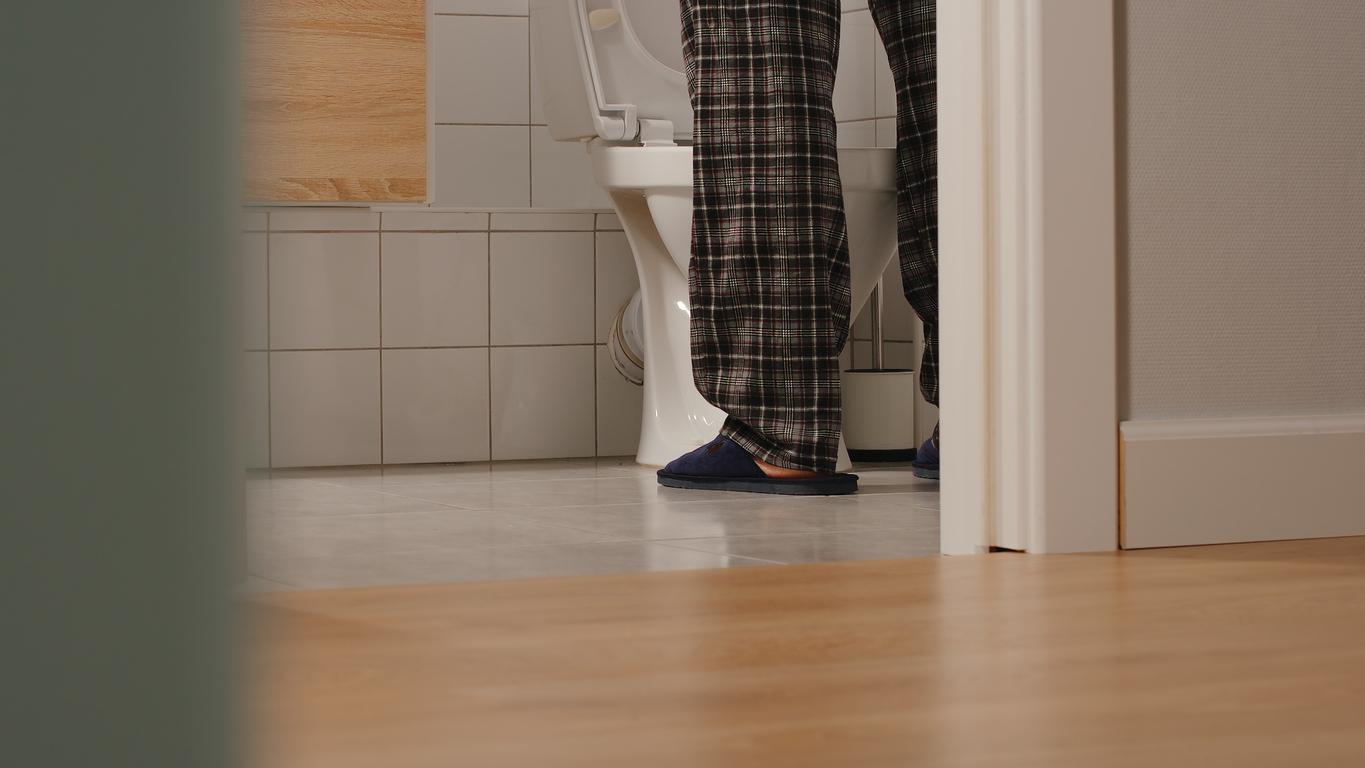For the first time, a sixty-year-old suffering from severe urinary incontinence was fitted with an artificial sphincter developed by a French company.

- The French company Affluent Medical announced the success of the first implantation of the minimally invasive device “Artus” for the treatment of urinary incontinence.
- During an operation lasting approximately 80 minutes, a 68-year-old man was fitted with the artificial sphincter which opens and closes using a small remote control.
- The patient is doing well and the medical tool will be activated “as soon as the healing of the wound after surgery is complete”, i.e. six weeks after the operation.
This is a world first. In the Czech Republic, more precisely in Prague, the implantation of the minimally invasive device “Artus” in a male patient was successfully carried out. This medical tool, developed by the French company Affluent Medical, is an artificial sphincter suitable for the treatment of incontinence in both women and men. As a reminder, urinary incontinence is an involuntary, uncontrollable flow of urine through the urethra. It has a serious impact on the quality of life. According to Health Insurance, the people affected tend to isolate themselves, reduce their social activities for fear of accidents leak, feeling tired due to sleep disrupted by repeated getting up.
With a small remote control, the patient can close or open their sphincter during urination
Thus, this device, which aims to replace the natural sphincter “meets a high medical need with 400 million patients affected worldwide.” According to Professor Roman Zachovalhead of the urology department at Thomayer University Hospital in Prague, “Artus” is easy to prepare and implant. “The soft silicone cuff is placed around the urinary canal, specifically at the bladder neck, and then locked. Once fitted to the urethra, the cuff is connected to the actuator, which is controlled remotely . It controls the closing and opening of the cuff by an electromechanical action.” In short, you simply press the main button on the remote control to urinate. “During each patient follow-up, the closure of the cuff can be adjusted according to the potential evolution of the condition and according to the patient’s lifestyle”, specifies the French company.

Urinary incontinence: “The device will be activated six weeks after implantation” of the artificial sphincter
As part of the “Dry” pilot study, the device was implanted in the abdomen of a 68-year-old man with severe urinary incontinence. This first procedure lasted approximately 80 minutes and went smoothly. “We successfully conducted communication tests between the control unit and the remote control at the end of the surgical operation. The patient is doing well and was discharged five days after the procedure without complications. (…) The device will be activated six weeks after implantation as soon as wound healing after surgery is complete”, indicates the Czech doctor.















